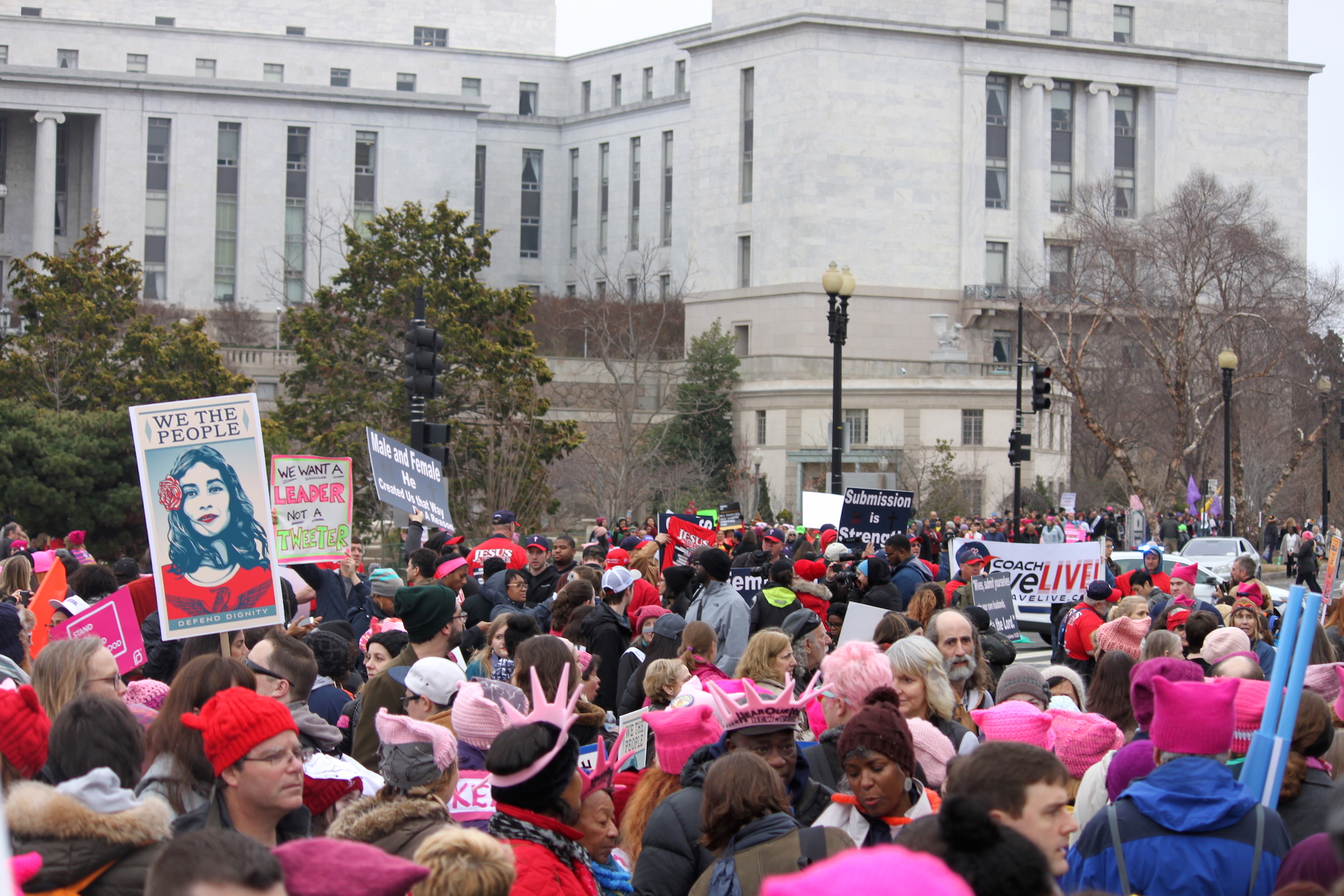More than 3 million people marched on Saturday, the day after Donald Trump was sworn in as the 45th US president, according to estimates compiled by professors at the University of Connecticut and the University of Denver.
Turnout estimates varied from hundreds of thousands in big cities to single digits in some small towns.
And those estimates are conservative, according to University of Connecticut professor Jeremy Pressman, who compiled the data with University of Denver professor Erica Chenoweth.
“Three million is on the low end of our numbers,” Pressman told Business Insider. “It could be anywhere from 3.2 million to 4.7 million people.”
The protests, collectively dubbed the Women's Marches, were carried out to include those who organizers said were "committed to equality, diversity, and inclusion and those who understand women's rights as human rights."
Though there's no way to nail down an exact number of protesters, crowd scientists from Manchester Metropolitan University in Britain estimated - by analyzing video and photographs - that the march in Washington, DC, the demonstrations' focal point, was approximately three times the size of the crowd that gathered for Trump's inauguration the day before.
Marcel Altenburg and Keith Still, the scientists from Manchester Metropolitan University, estimated that 470,000 people marched in Washington on Saturday, compared with their estimate of 160,000 who attended Friday's swearing-in ceremony. Pressman and Chenoweth estimated the number of marchers in Washington to be at least half a million.

Data from the Washington Metro also suggested that the march in Washington outpaced the turnout of Trump's inauguration. More than a million trips were taken Saturday, compared with 570,000 taken Friday, according to a Metro official cited by The New York Times. The number of trips Saturday was second only to the number of trips taken on the day of Barack Obama's 2009 inauguration, the official said, according to The Times.
In compiling their data, Pressman and Chenoweth relied on a combination of media and local television reports, police department estimates, and social media.
"In every case we can, we're ideally looking for some kind of print or media source or a police department report that verifies the crowd size," Pressman said, adding that they also relied on photographic evidence for smaller marches.
"Once the ball got rolling, people kept sending photographs in and tweeting at me" and Chenoweth, he said, acknowledging that there was room for error in self-reported numbers.
"There have been a lot of people who have reached out to me to contest one of our estimates, and more often than not it's because they think our numbers are too low," Pressman said. "But I'm more inclined to stay towards the conservative end."
Pressman's conservative estimate of 3,220,305 protesters would indicate that one out of every 100 Americans turned out to march against Trump on Saturday. The high estimate of 4,748,992 marchers would place the number at about 1.4% of the US population.
"I was surprised by the totals," Pressman said. "More than that, I was surprised by the geographic scope of the marches. I expected it on the coasts, but it was interesting to see them spread out all over the country."

